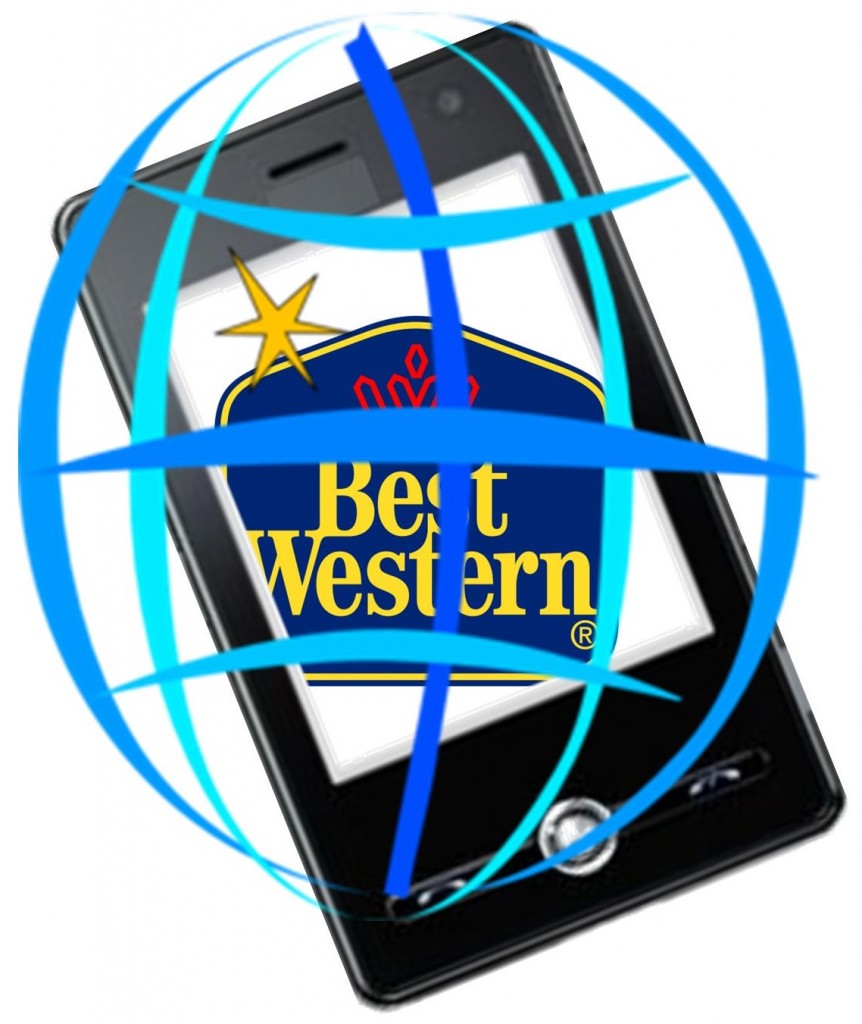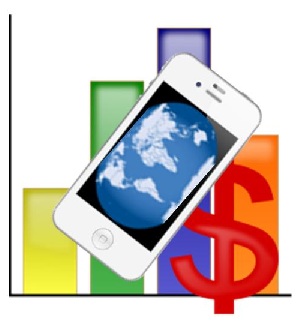The hotel chain has found that advertising with this technique has provided them with results.
The Best Western chain of hotels has decided to move toward geolocation based mobile marketing in order to help to boost the interest of travelers and encourage them to book a stay at one of their locations as they drive past competing accommodations or pass through airports.
The initial wave of the campaign is beginning in Washington state but is expected to expand.
The Best Western geolocation campaign is being run through the assistance of the PayPal Media Network. It is designed to encourage consumers to use their mobile devices in order to book their hotel stays.
This use of geolocation technology could help to boost the relevancy of the marketing.
 The PayPal Media Network director of marketing and sales technology, Sarah Hodkinson, said that “According to Best Western, the booking window for reservations is no longer weeks in advance.” Instead, she explained, they are waiting until they are moments away from a location to make their reservation. She went on to say that by leveraging geolocation technology based mobile marketing, “hoteliers can capture these last-minute bookings by engaging travelers in proximity to their locations.”
The PayPal Media Network director of marketing and sales technology, Sarah Hodkinson, said that “According to Best Western, the booking window for reservations is no longer weeks in advance.” Instead, she explained, they are waiting until they are moments away from a location to make their reservation. She went on to say that by leveraging geolocation technology based mobile marketing, “hoteliers can capture these last-minute bookings by engaging travelers in proximity to their locations.”
In order to accomplish this, geolocation technology was applied by Best Western to geo-fence their ads around airports and hotels throughout Washington state. Furthermore, the chain is also running the location based advertisements within the geo-fences that have been set up near the locations of rival hotels in order to try to convince them to choose one of their own hotels, instead.
The brand believes that the geolocation based ads help to provide consumers with information regarding the number of miles that they would have to travel to the nearest Best Western location. Moreover, the ads also include a “book now” button that redirects them to a smartphone optimized Best Western room booking page where they can learn more about the accommodations or actually book the room in which they would like to stay. This could help to make sure that the ads are always being presented to travelers at the moment that they are seeking the hotel in which they will be spending their trip.
Its size is expected to grow from this year’s projected $448.6 million to 2018’s forecasted $2.6 billion.
The market for indoor geolocation marketing is rapidly growing in size, as a new report released by MaarketsandMarkets is indicating that there will be a CAGR of 42.1 percent from 2013 to 2018, that will bring it from $448.6 billion to $2.6 billion.
This report outlined the various areas of the global indoor location market and divided it into sub-groups.
It was entitled “Indoor Location Market Indoor Positioning and Indoor Navigation (IPIN); Indoor Mapping; Indoor LBS; Indoor Analytics; By Positioning Systems (Network-based, Independent, Hybrid): Global Advancements, Market Forecasts and Analysis (2013 – 2018).” Within it, MarketsandMarkets broke down the geolocation indoor market into different sub-segments through the use of deep analysis techniques and revenue predictions.
The geolocation report also pointed out the restraints and drivers within this part of marketing.
 It identified a number of challenges, opportunities and trends to indoor geolocation marketing that were very insightful and could be quite helpful to the industry. The research in this report – as is the case in many other studies in this field – was fueled by a need for better understanding of access, connectivity, and navigation.
It identified a number of challenges, opportunities and trends to indoor geolocation marketing that were very insightful and could be quite helpful to the industry. The research in this report – as is the case in many other studies in this field – was fueled by a need for better understanding of access, connectivity, and navigation.
Previously, navigation systems and commercial positioning came in the form of GPS devices, which have strength within the outdoor geolocation environments. However indoor environments present different features as there is typically an absence of satellite signals. Therefore, newer solutions are required in order to achieve the types of results that would be possible outside.
The newer geolocation technologies that provide indoor experiences are also capable of offering improved and enhanced customer satisfaction, marketing, and branding, outside of its traditional navigation use.
The report suggests that this will become very promising for retailers and other businesses while it experiences rapid adoption among the consumers themselves. It also indicated that geolocation will help to boost automation at the enterprise level. The analytics from this tech has the potential to provide businesses with highly useful behavior and purchasing data that can be used to better create marketing and shopping strategies that suit the unique needs and wants of the consumer.
 The PayPal Media Network director of marketing and sales technology, Sarah Hodkinson, said that “According to Best Western, the booking window for reservations is no longer weeks in advance.” Instead, she explained, they are waiting until they are moments away from a location to make their reservation. She went on to say that by leveraging geolocation technology based mobile marketing, “hoteliers can capture these last-minute bookings by engaging travelers in proximity to their locations.”
The PayPal Media Network director of marketing and sales technology, Sarah Hodkinson, said that “According to Best Western, the booking window for reservations is no longer weeks in advance.” Instead, she explained, they are waiting until they are moments away from a location to make their reservation. She went on to say that by leveraging geolocation technology based mobile marketing, “hoteliers can capture these last-minute bookings by engaging travelers in proximity to their locations.”
 It identified a number of challenges, opportunities and trends to indoor geolocation marketing that were very insightful and could be quite helpful to the industry. The research in this report – as is the case in many other studies in this field – was fueled by a need for better understanding of access, connectivity, and navigation.
It identified a number of challenges, opportunities and trends to indoor geolocation marketing that were very insightful and could be quite helpful to the industry. The research in this report – as is the case in many other studies in this field – was fueled by a need for better understanding of access, connectivity, and navigation.